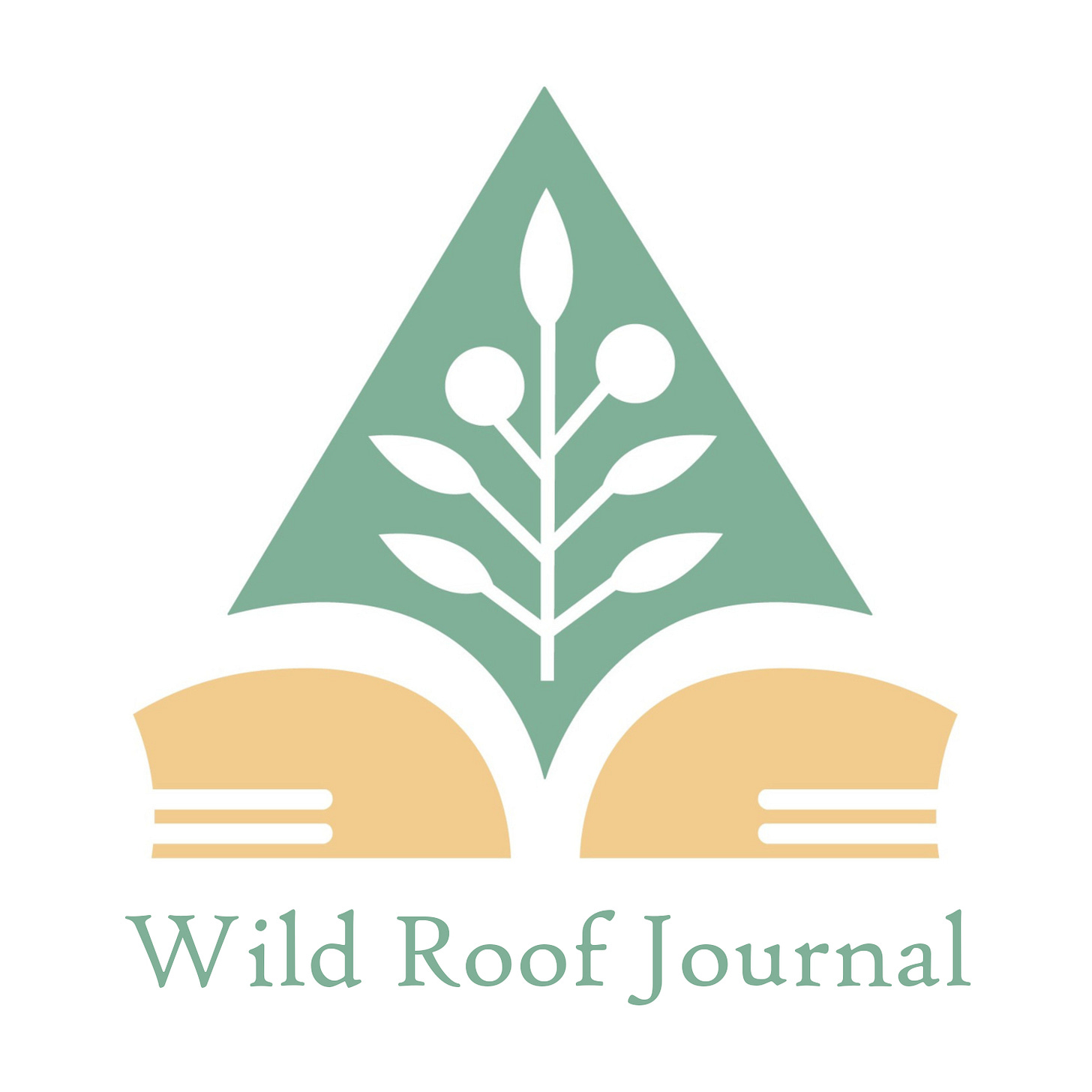Into the Woods with a Camera and Pen: On Finding a Creative Haven in Nature
A guest post from Alex Dawson
Hi friends,
I’m bringing you this week’s guest post a few days early due to the holiday. On that note, it’s time to start thinking about gifts for the writer in your life. A gift subscription to the Wild Roof Journal Substack may be just the thing. Click here to get it set up!
This guest post is by a photographer and poet named Alex Dawson. I discovered Alex’s wildlife photos on Instagram and connected via the WRJ Shout-Outs, where her book All these Living Things was listed. She was gracious enough to share a bit more about the inspirations for her work here today.
Into the Woods with a Camera and Pen: On Finding a Creative Haven in Nature
Alex Dawson
I’ll never forget the moment. I was out for a morning walk with my baby son, Theo. He was just shy of a year old, and I was pushing him in his stroller. It was 8:33 in the morning and we were just rounding the corner of our favorite trail along the Humber River in Toronto. All of a sudden, I heard something bounding toward us. It was a doe, shortly followed by a female fawn. The fawn was around a year old, probably born in May or June. She may have even shared the same late May birthday as my son. The doe and I made eye contact. She looked at me and then my baby. I looked at her and then her baby. I took a photo as she peered at me from behind a tree. It isn’t my favorite photo I’ve ever taken, but it’s definitely a “picture speaks a thousand words” moment for me.
Later, when I got home, I couldn’t shake this encounter. I was so swept up in the serendipity of this moment shared between two mothers and their same-aged children. It felt like nature had handed me a gift. I wanted to give something back. So, I wrote a poem.
White-tailed Deer
You won’t remember this, but right now
two deer are bounding toward us
in the soft kiss of morning, unaware
of our presence, until they’re here,
studying us shyly from behind a tree.
A mother and her yearling meet
a mother and her yearling in the heart
of a dawn—drenched forest. The two
lock eyes, exchanging the shared
language of motherhood, and time
is another still animal. I glance down
at you, wide—eyed in your stroller.
You won’t remember this. I won’t forget.
I have always felt that nature is our best teacher, and I am constantly humbled by the inspiration I find in the forest. Too often I have truly magical encounters in the woods. For example, one day, when I was out for a walk and looking for birds (because I’m always looking for birds), it started to rain. I was disappointed because I hadn’t had much luck yet. I ducked under a small pine tree. I stood there for a minute before noticing some whitewash (see: bird poo) on the trunk. I glanced up, and perched right above, looking down at me, was a gorgeous screech owl. If you’re a birder, you know that stumbling upon an owl in the wild is like winning the lottery. They are rare, and they are magic. Later, in a poem, I would describe him as “opening and closing his green fortune teller eyes.”
I often use mystic language like this to describe my wild encounters. For me, there is magic in every part of nature. There is the unspoken and perhaps inexpressible love and healing power of our shared history. People think that they return home after going for a walk in the woods. The reality is that they return home the second they step into the forest. I think of the forest as my church. I’m not religious in a typical sense, but being out in nature is the closest I feel I come to any sort of higher power. I wrote this short poem once to articulate that feeling:
Let me bow down in the forest, to pick up a cool acorn and put it in my pocket. Or notice a small bird, while still kneeling, my knees forever married to the mud. Let me pray, the way I pray.
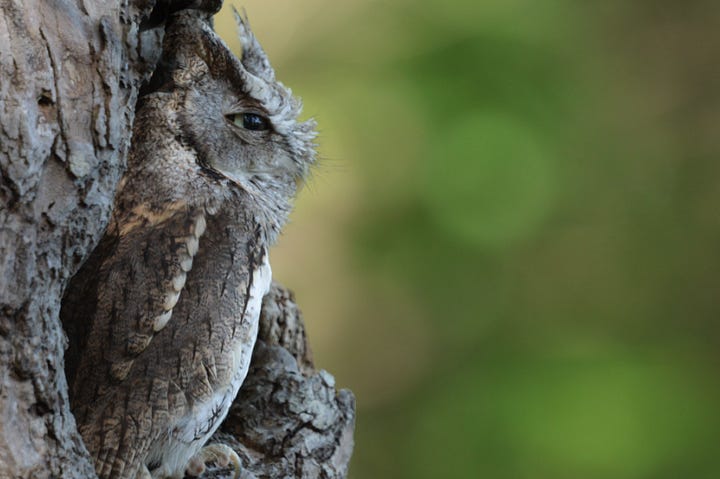
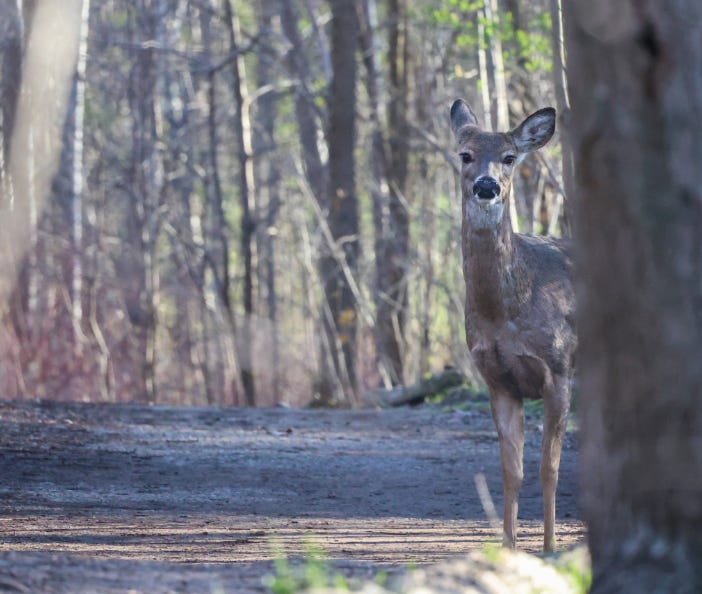
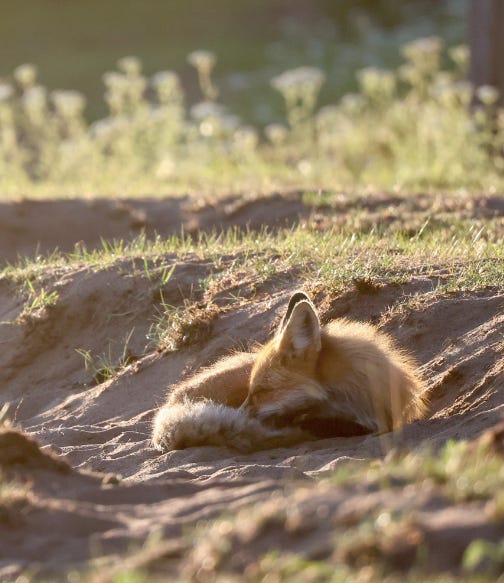
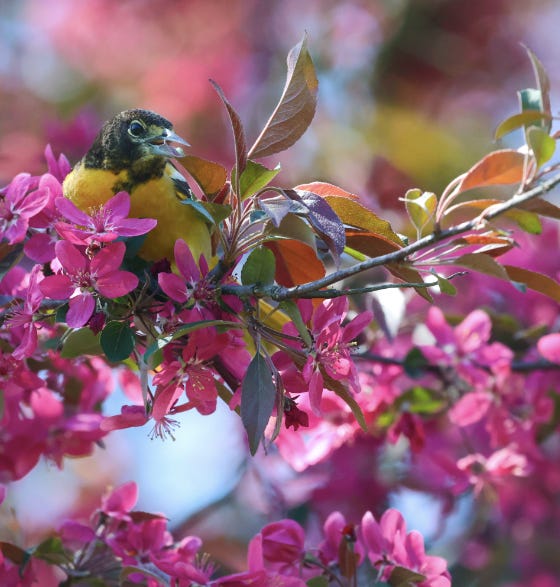
All photos courtesy of Alex Dawon
People ask me how I always manage to have such wonderful encounters with wild animals. Firstly, I pay attention to every rustle in the branches, to every flash of feathers. Mary Oliver once wrote: “Instructions for living a life: Pay attention. Be astonished. Tell about it.” That’s as close to a life mantra as I have ever been able to land on.
I became a wildlife photographer and birder during the pandemic. There were social distancing rules for socializing with people, but mercifully not for socializing with animals. In my poem “The Walker” I wrote,
How else could I survive a stay-at-home order? For me, home is the place with the most trees, and the least people, so of course, I had to walk.
My love for wild encounters and nature helped me survive the pandemic. In terms of poetry, I have had an on-again, off-again relationship with it since I was maybe 10 years old. When my son was born, I knew I wanted to return to poetry. I wrote, “When I held your impossibly tiny hand in mine, there was no space left for my smallness, only yours.” So, I joined “Gather,” an amazing poetry group led by the brilliant @theguelphpoet. I began writing poetry based on my encounters in the wild. This was a way for me to get back in touch with my passion for writing. I tie each poem to a different photo, either depicting the encounter in poetic terms or tying to it thematically.
The year after I gave birth to my son, I brought another body of work into the world. It’s called All these Living Things and pairs wildlife photography with poetry. It’s a steadfast love letter to our planet and the wild things that share it with us.
These days, I’m branching a bit outside of nature poetry. Instead of writing only about encounters in the wild, I’m exploring themes of identity, motherhood, and life, but still infusing my writing with a lot of natural imagery. I’ve also started a collective poetry project called “Upon Learning That” which encourages writers and non-writers alike to write a poem based on a cool fact. I work as an adult ESL teacher by day and wanted to start a project that made poetry feel more accessible to everyone. There’s more info on my Instagram @alexdawcreates if you’d like to join in! My hope with this project is to accumulate many poems by different writers starting with a fact, and maybe even publish a small anthology in the future. In the meantime, I will continue walking in the forest, seeking out wild friends, and writing poetry about all the beautiful things that are still left here to love.
Alex Dawson is a poet, wildlife photographer, and adult ESL instructor from Toronto, Canada. She is the author of the photo/poetry book All these Living Things. She has been published in several literary magazines, including publication and an interview in Humana Obscura in summer 2024. She enjoys thinking and writing about the threads of connection between nature, identity, community, and culture.
Subscribe to see more guest posts from WRJ’s amazing contributors / Paid access includes editorial feedback for 1 poem each month and more.





